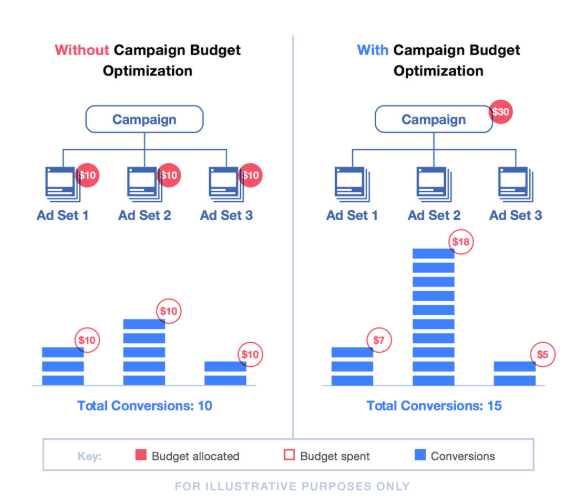Recent facebook advertising The most news is definitely that from September all Facebook campaigns will move to Campaign Budget Optimization.
In this blog, we go through what the reform means, how it differs from the previous situation, and what the benefits and potential challenges of the reform are.
Until now, the budget for Facebook ads has been set separately at the ad set level for each campaign, but Facebook has “forced” all advertisers to set up media budgets in a new way at the campaign level.

Campaign Budget Optimization means that budgets for your ad campaigns are set at the campaign level, and Facebook uses artificial intelligence and machine learning to decide which ads to run from each ad set. However, the budget can still be controlled at the ad set level when it is set with minimum and maximum budgets.
To better understand how Campaign Budget Optimization works, we first re-run how budget and campaign optimization has been done to this day.
Optimize Facebook’s ad campaigns before Campaign Budget Optimization becomes possible
We start by going through the basics of how Facebook’s campaign structure works when you advertise your product or services on Facebook.
For paid advertising, Facebook’s campaign structure consists of the following three levels:
1) Campaign with:
1.2) ad set (ad sets)
1.2.1) the ad (ads) below the ad set.
To this day, the media budget used by advertising has been decided at the ad set level. In practice, this has meant that if there have been, for example, 5 different ads within the ad set of your marketable product or service (e.g. different images and promotional texts), Facebook has used artificial intelligence and machine learning to decide for you which ad media clubs to use, and how much.
If there has been more than one active ad in the ad set, you haven’t been able to decide for yourself what ad Facebook is displaying, but Facebook has made this decision for you.
At the ad set level, you also choose which event you want to optimize ads for. An optimization goal means the action we want someone who saw your Facebook ad to do. These goals can include clicking an ad link, downloading a guide, sending a contact form, adding a product to your cart, or buying a product.
When the goal at the ad set level is to download a guide and there are four ads in the ad set, Facebook displays ads or an ad to get the guide’s downloads at the lowest price. This is how Facebook starts using the budget set at the ad set level for this very ad.
A good way is to make similar ads for one product or service with only one variable. This variable can be an image, a title, or the text of an ad. This is how we find the very picture or text that works best and brings in the most euros.
Ad targeting is still done at the ad set level for cold or warm audiences
Targeting refers to who the ad is shown to. Targeting often has a greater impact on the success of advertising than the ads themselves. A great ad is no use if it’s targeted at people who aren’t interested in the topic.
Targeting can be divided into two main categories, cold audiences and warm audiences.
Cold audiences refer to people who have not previously visited the company’s website and do not know the company’s brand or products. Advertising targeted at cold audiences is very important for new customer purchases.
for cold audiences be made, for example:
- interests
- of life
- gender
- geographical location
- or by profession
These targeting options can also be combined. Let’s show an ad for women between the ages of 18 and 25 in Helsinki who are interested in beauty care, or show an ad to men 50 years or older with a job title as CEO.
To warm audiences targeting advertising is targeted at persons,
- who already knows your brand
- or your product
- have already visited your company’s website.
To market to warm audiences, custom audiences are created on Facebook to show advertising to. Custom audiences can include:
- to the shopping basket who did not buy the product
- downloaded the guide
- or 80% of a specific article read.
Ads can be remarketed to all custom audiences and help them move forward with the purchase process. For example, people who added products to a shopping cart in an online store can be reminded of products that they added to the shopping cart but did not buy.
If the traffic on the website is low, the impressions of ads in remarketing will rise very quickly. However, this can be adjusted by a budget.
By monitoring ad impressions, we can quickly determine whether the budget needs to be increased or lowered.
Facebook recommends a minimum of 50 conversions per week for a specific optimization goal. For example, if the goal is to download the guide, 50 people should download it.
Facebook needs enough data to determine what the common factors are among all those who downloaded the guide. With this information, Facebook is looking for people who are similar to, say, people who previously downloaded the guide. For example, if you only get five downloads a week, it makes more sense to change the goals of optimizing your ad set for other activities, such as clicking a link.
Campaign Budget Optimization enables Facebook’s AI and machine learning to be utilised also in testing ad sets
Now that we’ve been able to test different ad versions inside ad sets on Facebook so far, we’re going to go through what new testing opportunities campaign budget optimization brings.
Campaign budget optimization enables testing of various targeting and ad sets, utilizing Facebook’s AI and machine learning.
In order for Campaign Budget Optimization to work, the defined optimization goal at the ad set level needs to be the same for all ad sets within the campaign.
For example:
For example, if two ad sets set the optimization goal of clicking a link and downloading a guide in one set of ads, Facebook won’t accept ads until the ad set optimization goals are set to the same.
We use the example of sending a contact form. We’re running a campaign with five separate ad sets, all with the same ads. We target each ad set differently.
These five ad sets can be targeted at audiences such as:
- 18-year-olds living in Finland
- women over the age of 18 living in Finland
- men over the age of 18 living in Finland
- men over the age of 35 living in Finland
- women over the age of 35 living in Finland
When campaign budget optimization is turned on, Facebook targets your media budget to the ad
sets and ads that deliver the most affordable goal
Once we’ve run a campaign with, say, five ad sets and each ad set has the same ads, Facebook’s AI and machine learning will start doing their job.
Facebook will start running all ads from all ad sets within the campaign. Data, Facebook will start favoring certain ad sets, as well as certain ads within them.
The more data accumulates, the more Facebook will start favoring those ad sets that deliver the desired optimization goal at the lowest price.
Within the best-performing or functional ad sets, Facebook is starting to favor the ads that this particular ad set (i.e. that audience) delivers the most affordable goal we want, whether it’s downloading a guide, clicking a link, or adding a product to your cart.
When optimizing your campaign budget, the most important metric to track is the total and average price of optimization goals produced by ad sets within the campaign
In the new campaign budget optimization, Facebook’s own recommendation or
In other words, your ad campaign is the number of desired actions produced by all ad sets, and the average cost are the metrics worth following.
Facebook’s AI and machine learning conclude that the person who converses at the lowest price at that very moment is in some “more expensive” ad set and for this reason Facebook is running an ad for a “more expensive” set of ads. In fact, if the price of a conversion is higher than the cost of a cheaper ad set, it is still the most affordable conversion currently available.
For example:
For example, it’s assumed that the cheapest ad set has 15 people downloading the guide, and the cost of downloading the guide for these 10 people is €10/guide. Facebook estimates that downloading 16 guides from this ad set would cost €20. Facebook also estimates that from the second most affordable ad set, the guide’s downloads could be purchased for €15 each. After 10€/piece of those 15 guide downloads from the most affordable ad set, Facebook will start running ads for this more expensive target audience and there will be 5 more downloads for 15€ each.
At this point, when you look at the analytics of your ad account, you start to wonder why Facebook has run ads from that very set of ads where the cost of downloading a guide is more expensive. This is simply because the cheaper €10 conversions in the first set of ads were no longer available and the next cheapest conversions were the €15 guide downloads in the second ad set. If we had closed this “more expensive” ad set earlier, the situation might have been that instead of €15 conversions, we would have had to pay €20 for these guide downloads, as there are no more affordable €10 conversions left in this “cheaper” ad set.
Campaign Budget Optimization also allows you to adjust media budgets at the ad set level
By default, when campaign budget optimization is enabled, no separate budget has been set up for ad sets. , we can adjust the media budget used by ad sets and set minimum and maximum amounts for the euros spent by ads.
It’s a good idea to design campaigns so that you don’t need to adjust the minimum and maximum budget for ad sets, but there are cases where this makes sense. For example, if a company has a lot of recruitments happening, it may not be a good idea to make a campaign for each recruitment. In such cases, there would only be one recruitment campaign on the ad account, with a new set of ads always placed inside for each new recruitment. Since every recruitment is important and each one of them has to succeed, you need to make sure that Facebook also displays every recruitment ad. By setting a minimum budget for each ad set, we ensure that Facebook displays ads for each ad set.
It’s also a good idea to always put remarketing ad sets into your own campaign. However, if for some reason it doesn’t make sense, it’s a good idea to set a minimum budget to ensure the effective operation of the remarketing ad sets in the campaign.
The rule of thumb is that people don’t do the action that’s the goal of the ad the first time they see the ad. Once the customer has been made to visit the company’s website, remarketing is possible. In such cases, we track the number of impressions of ads per person. The correct number of ad impressions can only be determined by testing. As a rule of thumb, one time is too little and ten times may already be too much.
Over time, we can deduct from the data what the appropriate amount of remarketing is.
As the data accumulates, it may become clear that when an ad has been shown to a specific person on average five times, it becomes more difficult to get the functions, i.e. conversions, at the desired price. Thus, we can adjust the budget consumed by ads so that impressions are optimal for one person.
How do we make sure that ads are run more than once, but not in vain after they don’t get the desired effect. This ensures maximum value for the money you spend on advertising.
It’s a good idea to create your own campaigns for each stage of the purchase process
As with any successful advertising, in Facebook’s new campaign optimization, it’s important that we follow the right metrics. For example, if the objective of optimizing campaign ad sets is set to download a guide, the functionality of the campaign cannot be inferred from clicking links, but precisely from the number of downloads in the guide.
Next, I will streamline the purchase process, which illustrates the point.
Initially, you want the buyer to visit the company’s website.
After that, we want the buyer to do something on your website that shows that they are interested in your company’s products or services. A good example of this is downloading the guide. If a site visitor is willing to leave their contact information to download your guide, this is a sign that they are actually interested in the information you provide or your products.
For example, we can create one campaign where all ad sets are made with the goal of downloading the guide. We can then remarket the guide to uploaders with an advertising campaign that sets the goal of the ad sets to be a new thing, such as filling out a request for quote form.
This allows us to break down the different stages of the purchase process into different campaigns. This enables us to process each step of the purchase process separately and to get as many customers as possible to move forward smoothly at different stages of the purchase process.
It is also good to remember that there are always people in the market at every stage of the buying process. Some are already willing to ask for an offer, while others only want to get to know the topic. For this reason, it is advisable to show advertising targeted at all stages of the purchase process to both cold and warm audiences. The data will tell you later how to allocate a budget between these.
Summary
Campaign Budget Optimization is one of the biggest recent changes in Facebook advertising and it comes whether you’re ready or not.
A clear advantage is that in the future we will be able to utilise Facebook’s artificial intelligence and machine learning also in testing and comparing ad sets. Previously, this was only possible when testing different ad versions.
Campaign Budget Optimization also causes you to think about the structure of campaigns in a new way. In a new model, the same campaign cannot have ad sets with divergent action goals, such as downloading a guide and clicking a link.
If that’s how this new feature works, as we can deduct from current information, Incoming Campaign Budget Optimization will also reduce manual optimization work and more time to plan strategy and new tactics.
To learn more about campaign budget optimization’s potential and successful and measurable social media advertising,


